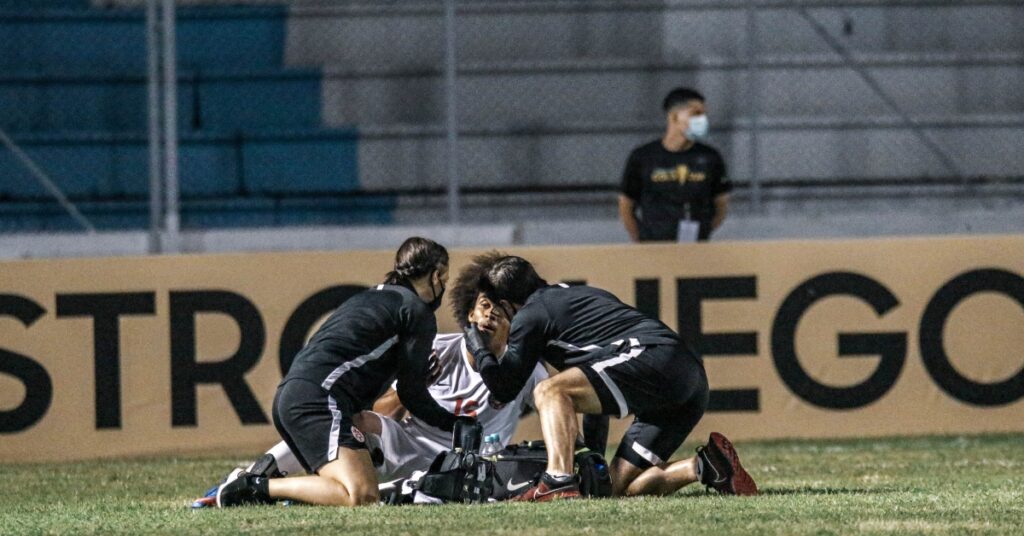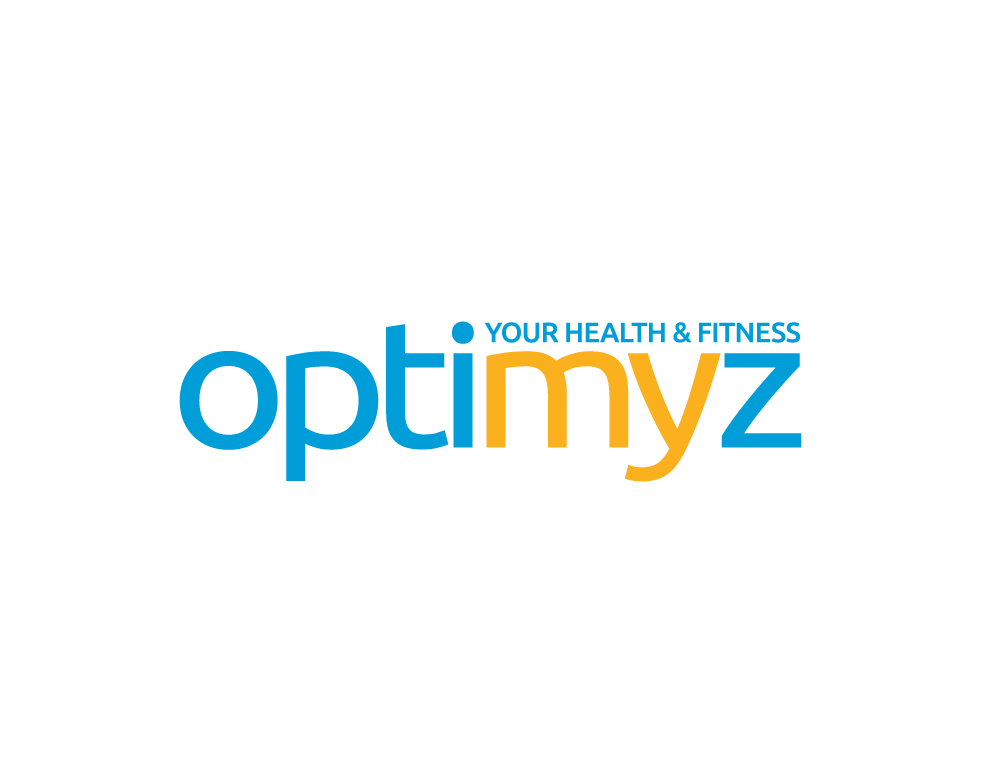Fitness and COVID

For twenty-five-year-old Vancouverite Kylie, an avid runner and overall fitness enthusiast, COVID-19 took the wind right out of her – literally. Although she had flu-like symptoms, body aches and fatigue, they were considered mild. She credits being physically active before the pandemic and fully vaccinated helped her recover.

COVID hit Toronto’s Norm Spence, a canfitpro personal trainer and a STOTT Pilates certified instructor, twice; first in early 2020 and again in 2022, despite being fully vaccinated. Spence suggests it helped him better understand first-hand what his clients were experiencing and could help harness their recovery expectations.
“I was really sick for about three weeks as it targeted my lungs. It wasn’t like coming down with the flu. My recovery lasted ten-plus weeks, and even then, I tired easily. My second battle with COVID also hit me hard but lasted only three days. Again, it affected my lungs, and it took about six to eight weeks to recover fully.”
But just like no two people are impacted by COVID in the same way, the most challenging part was coming to terms with the fact that their recovery and return to physical activity wasn’t going to be straightforward.
As an avid runner, Kylie would easily run over 30 km a week. Kylie admitted even when she had the flu, she still managed to get out for a run, but not after COVID. Kylie didn’t have the energy. She had to ease back into running, walking first, and monitoring her symptoms. Kylie said although COVID took a toll on her physically, the most challenging part was accepting recovery would take time.
The game plan – take it slow.
“As a trainer and having experienced two bouts of COVID,” says Spence, “my approach was to modify my clients’ sessions to respect their energy levels. In some cases, they recovered quickly. For others, it meant a light range of motion movements for a few weeks or however long it took until they were ready health-wise. Everyone has different symptoms and experiences with COVID. The workouts had to be adjusted daily.”
These anecdotes are not surprising, but it further confirms symptoms can vary from person to person, just like their recovery and return to physical activity.

Dr. Alessandro Francella, a sport and exercise medicine physician at Toronto’s Cleveland Clinic Canada, provides medical care to many sports teams in Canada, including Canada men’s U-20 national soccer team. He understands how difficult it may be to take baby steps, especially for those who believe you need to push through an illness to get better.
You can’t compare yourself to your pre-COVID self, and although we all have fitness goals, Francella advises his patients to exercise patience and gradually return to fitness. It’s about rebuilding.
“You may feel you can return to your pre-illness fitness level right away. However, it is important to gradually increase the demands of your workouts to see how your body responds and minimize any potential side effects.”
When can you resume your fitness regime?
“This depends on the severity of symptoms during their COVID illness,” suggests Francella.
“Generally, you should have no fever, chest pain, or shortness of breath for at least 24 hours before returning to activity. Additionally, you should be able to complete your normal activities and sleep flat on your back without shortness of breath.”
What’s a good activity to assess your conditioning after you’ve recovered from COVID?
“A simple and effective activity post-COVID is walking. Start slowly, maybe a walk for 5-10 minutes and build to 10-20 minutes continuously five days a week. It’s important to listen to your body; if you’re not feeling up to it, take a break and maybe start up the next day. A five-minute walk may seem like nothing – but COVID packs a punch and can zap your energy levels.”
If the weather isn’t cooperating and you have access to a stationary bike, incorporate this into your day. To reactivate your muscles, it’s also important to include light resistance training or bodyweight exercises like squats or lunges.
What symptoms should people and trainers monitor upon their return to fitness after they’ve recovered from COVID?
« It is essential for anyone returning to fitness or monitoring someone to be aware of these ‘red flag’ symptoms. They include severe or increasing shortness of breath, fainting/passing out/light-headedness, chest pain (particularly central or left-sided, dull/sharp, with radiation to jaw/neck/arm, or worse with deep breathing), unusually high heart rate, excessive fatigue, and excessive exercise intolerance. If any of these occur, the individual should seek medical evaluation. They should call 911 or go to their closest emergency department if symptoms are severe. At a minimum, they should rest until there are no symptoms for 24 hours and gradually introduce their activity until there are no symptoms.”
If there is one takeaway from the pandemic, Francella hopes fitness enthusiasts appreciate how our actions affect others.
“Certainly, it is no longer advisable to go to a gym, pool, yoga class, etc., if you feel unwell. No one wants to get sick at a place where they are coming to be healthy. Therefore, if you are sick, there is a chance you can pass on your illness (COVID or not) to someone else; consider other alternatives such as working out at home or being outside by yourself.”
Whether you’ve contracted COVID or the flu – Francella suggests the « neck rule » can help distinguish between mild and more severe illness. Above-the-neck symptoms (e.g., cough, sore throat, loss of taste/smell) tend to be milder with faster recovery. On the other hand, “below the neck” symptoms (e.g., fevers, chest pain, shortness of breath) are more severe and will require longer recovery and a gradual return to activity.
Francella would also like to remind trainers and their clients not to overlook the importance of sleep and rest as both are important to help build your immune system. And listen to your body.
Consider the fable between the tortoise and the hare. “In the race of life, the tortoise beats the hare every time. » Celebrate the small wins.

